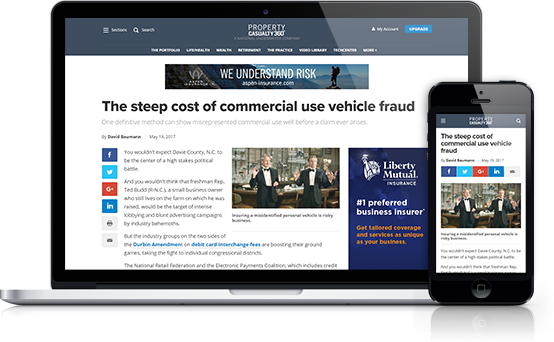Three years have passed since the 2004 and 2005 hurricane seasons punished Florida with eight powerful hurricanes that caused in excess of $30 billion in damages, most of that covered by private insurance companies operating in the Sunshine State at the time.
Fallout from those two horrific seasons continues to pollute public policy decisions governing insurance companies, although the origins of many of the decisions regarding the way the State of Florida copes with hurricanes can be traced back to Hurricane Andrew in 1992.
In the wake of Andrew, companies found it increasingly difficult to gain approval of rate increases that actuaries insisted were necessary to continue to take on the risk in Florida, especially in light of the fact that property values soared in the 1990s combined with new development that continued to add to the overall risk insurers were expected to absorb. The day of reckoning was put off again and again as relatively few hurricanes blew ashore in the twelve years since Andrew.
Recommended For You
Want to continue reading?
Become a Free PropertyCasualty360 Digital Reader
Your access to unlimited PropertyCasualty360 content isn’t changing.
Once you are an ALM digital member, you’ll receive:
- Breaking insurance news and analysis, on-site and via our newsletters and custom alerts
- Weekly Insurance Speak podcast featuring exclusive interviews with industry leaders
- Educational webcasts, white papers, and ebooks from industry thought leaders
- Critical converage of the employee benefits and financial advisory markets on our other ALM sites, BenefitsPRO and ThinkAdvisor
Already have an account? Sign In Now
© Touchpoint Markets, All Rights Reserved. Request academic re-use from www.copyright.com. All other uses, submit a request to [email protected]. For more inforrmation visit Asset & Logo Licensing.







